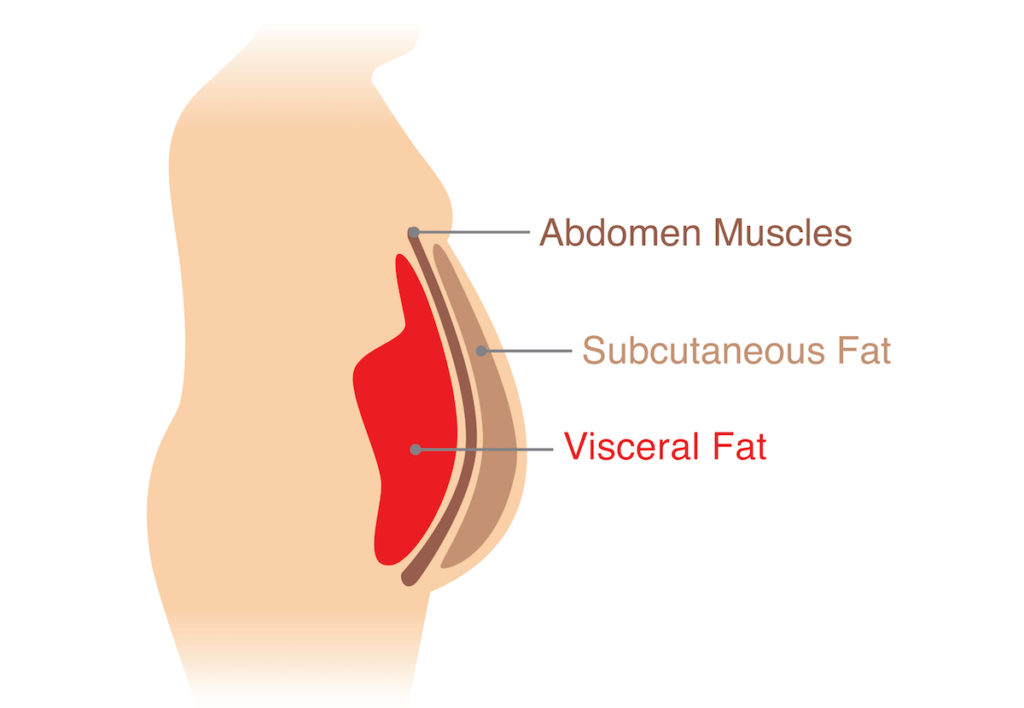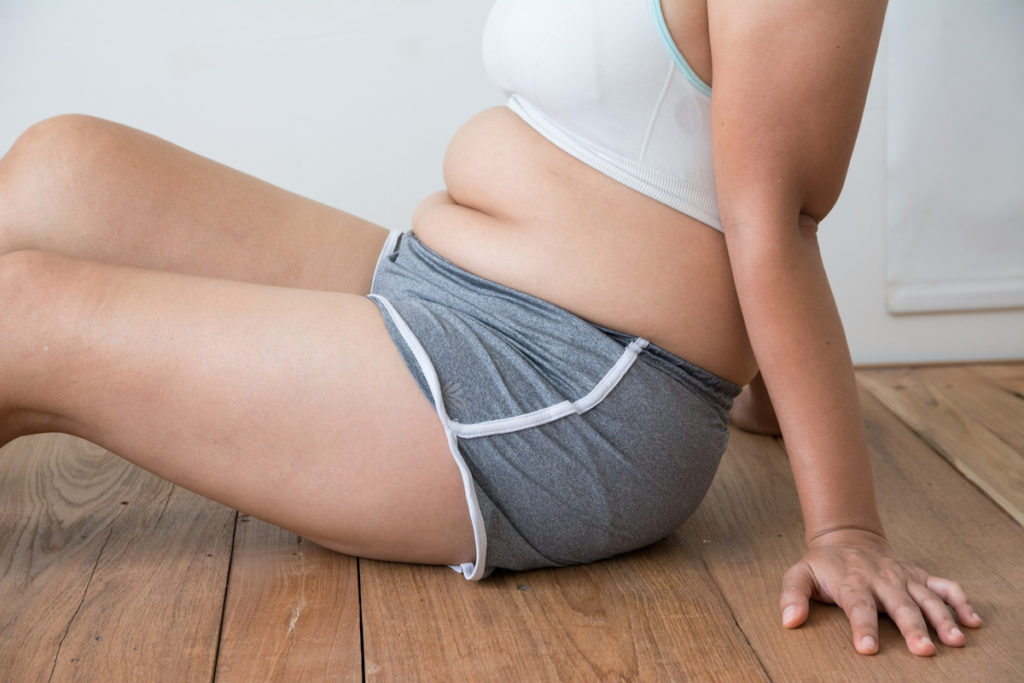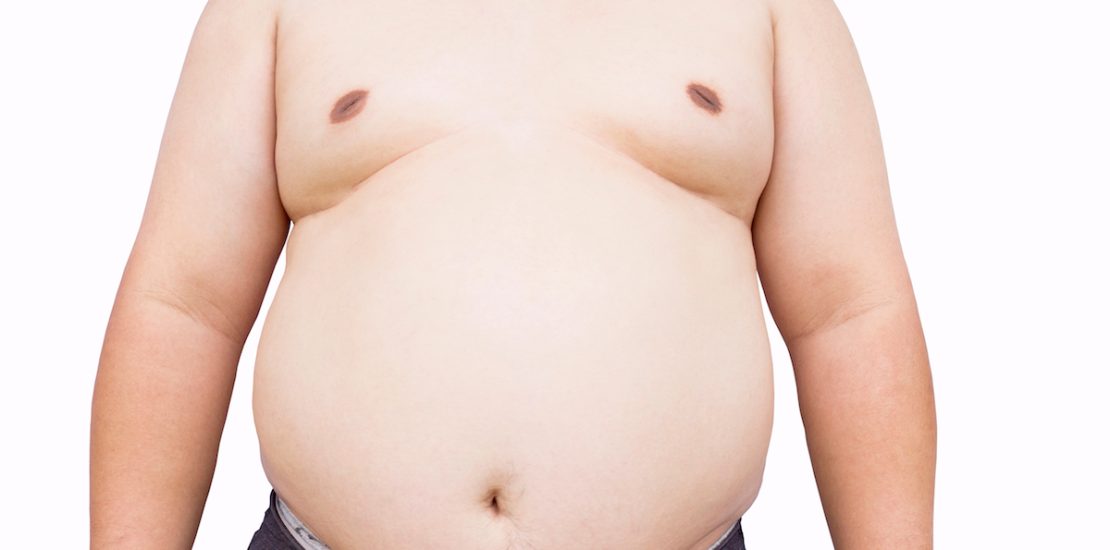
Regardless of our age, gender, and body weight, we all have body fat. Contrary to popular belief, this fat isn’t all that bad. Fat acts like a reserve for times when we have limited to no access to food but still need energy to move, work, and perform our bodily functions. Moreover, body fat keeps us warm during the winters by insulating our bodies.
But for people who are unable to burn the exact amount of calories that they consume during the day, the storage of body fat amplifies in the body and is then visible in the form of bulges, saggy skin, love handles, muffin tops, back fat, and double chin. Around the belly or in the area known as the lower abdomen, two kinds of fat deposition occur.
Even though both visceral and subcutaneous fats are found primarily in the lower abdomen, their exact storage location is different, and both have very different impacts on our overall body and weight.
Visceral Fat

Visceral fat is the fat deposit that is found in the spaces that are between the abdominal organ and the tissue pockets known as the omentum. Even though visceral fat makes up a small percentage of the body fat, it can have a serious effect on our health and be the cause of diseases like heart attack, dementia and cancer.
Women are mostly found to develop visceral fat after menopause, but in men, visceral fat can develop from the age of 35 onwards. Generally, a woman’s body stores excess fat around the thighs and buttocks, but due to hormonal changes during pregnancy, childbirth, and menopause, fat can also be stored in the deeper layers of the abdomen. Visceral fat is usually diagnosed by measuring the waistline. If the circumference of the waist is larger than 35 inches, then it is an indication that a woman is storing visceral fat in her abdomen.
Unfortunately, visceral fat is more harmful to the body as compared to subcutaneous fat. Visceral fat secretes hormones and other chemicals that can trigger cardiovascular diseases and lead to high cholesterol levels in the body. According to the Harvard Medical Journal, visceral fat also has a direct impact on insulin resistance. Visceral fat is responsible for producing and releasing retinol-binding protein 4 (RBP4). This protein molecule is directly responsible for increasing insulin resistance and instructing the body to store more fat.
Moreover, visceral fat releases fatty acids into the bloodstream, which serve to increase a person’s cholesterol levels. High cholesterol levels are directly associated with cardiovascular diseases. When the arteries that deliver blood to the heart muscles become fatty and get blocked, the heart muscles become weak. This can lead to a fatal heart attack.
The good news is that, unlike subcutaneous fat, visceral fat is very receptive to exercise and a healthy diet. According to Healthline, with each pound of weight that you lose, you lose a small about of visceral fat. 30 minutes of cardio exercise every day and a diet that is low in carbohydrates, sugar and processed food is extremely effective for reducing visceral fat from the abdomen.
Subcutaneous Fat

Unlike visceral fat, subcutaneous fat is found under the skin and is quite harmless. For 90% of the people, their overall body fat comprises solely of subcutaneous fat. This is the fat that insulates our body, regulates our body temperature, and keeps us warm in the winters.
The interesting part is that contrary to visceral fat, subcutaneous fat produces hormones and molecules that are beneficial for our body. According to the Harvard Medical Journal, subcutaneous fat produces a hormone known as leptin. Leptin tells our brain to suppress our appetite and use the stored fat in our body to produce energy.
Subcutaneous fat produces another hormone known as Adiponectin which protects us from diabetes. The role of Adiponectin is to regulate the levels of sugar and fats in our bloodstream and reduce inflammation in the blood vessels. So, unlike visceral fat, subcutaneous fat actually keeps us slimmer and healthier by controlling our appetite and blood sugar levels.
Related Articles


How do I use a body contouring machine?



